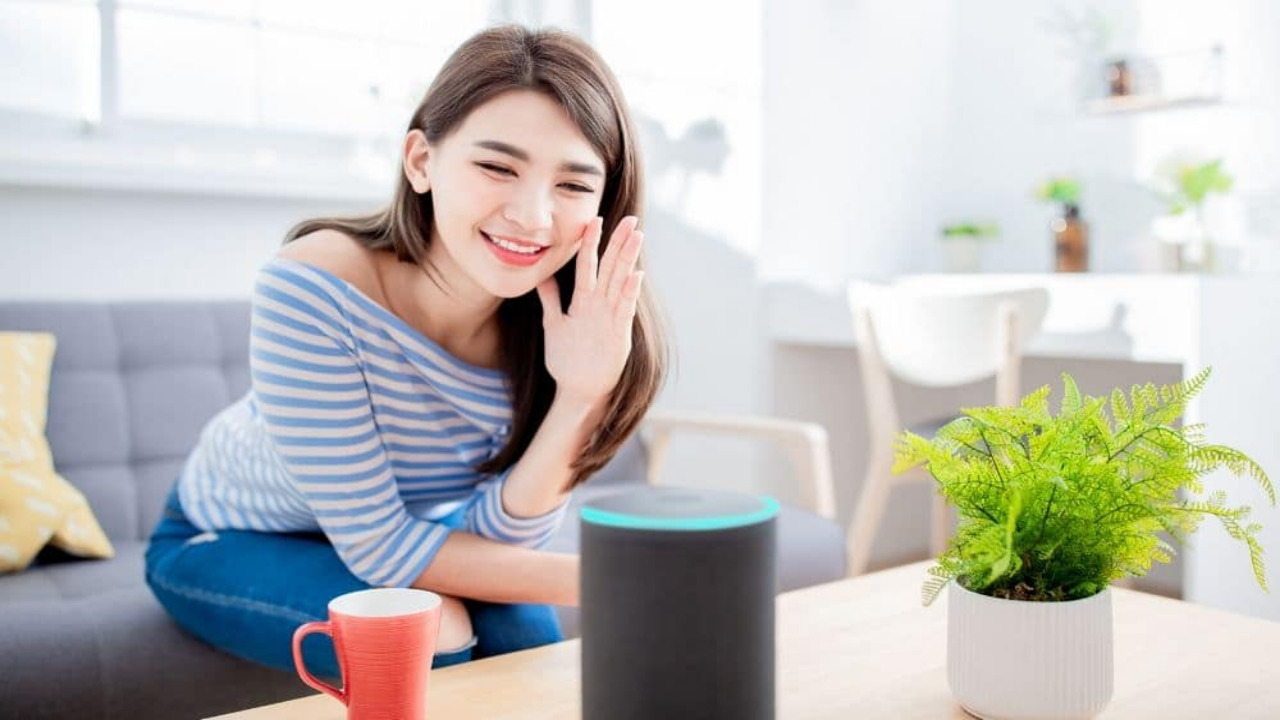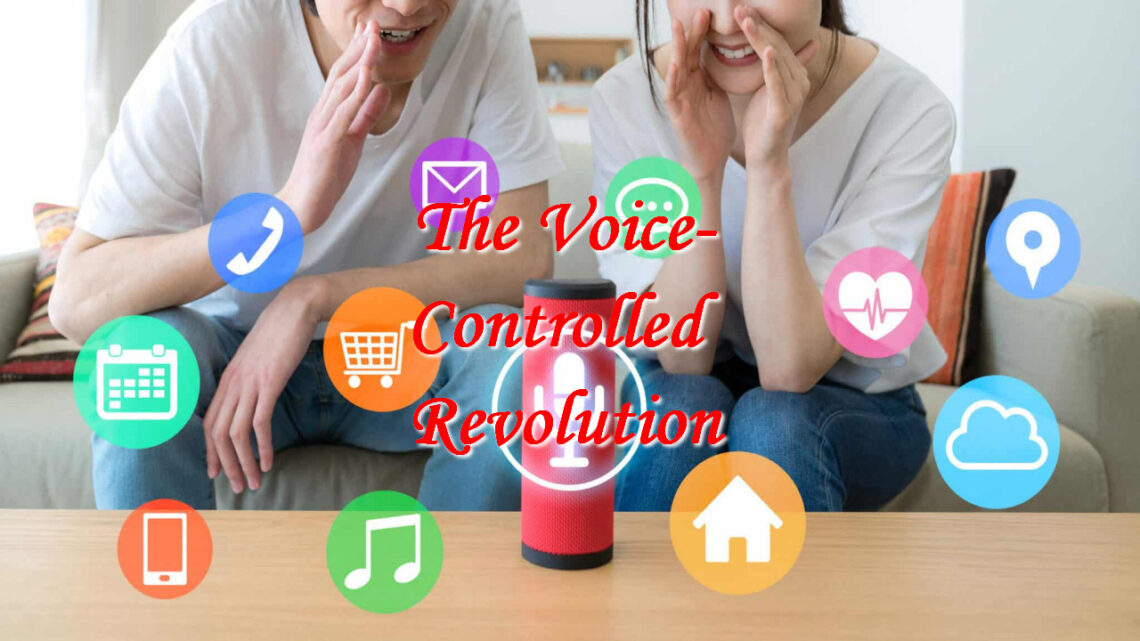In the ever-evolving landscape of modern technology, our homes are becoming smarter and more interconnected. One of the most fascinating and transformative developments in this realm is the rise of voice-controlled living. With the integration of advanced voice recognition systems and artificial intelligence, homeowners now can interact with their living spaces in a manner reminiscent of science fiction. In this article, we delve into the intriguing world of voice-controlled living, exploring its benefits, applications, and the technologies driving this revolution.
The Voice-Controlled Revolution

Gone are the days when remotes were the primary means of interaction with our devices. The voice-controlled revolution has ushered in a new era, where spoken commands and conversations with our homes have become the norm. Imagine walking into your living room and simply saying, “Turn on the lights,” instructing your thermostat to adjust the temperature to your preferred level, or asking your smart garage door opener by ismartgate to close or open your garage door. This futuristic vision has now become a reality thanks to advancements in natural language processing and machine learning.
Virtual Assistants as Household Companions
At the heart of voice-controlled living are virtual assistants – intelligent, voice-activated companions that seamlessly integrate with various smart devices throughout your home. Household names like Amazon’s Alexa, Google Assistant, and Apple’s Siri lead the pack. These virtual assistants are not only responsive to your commands but are also equipped to carry out a wide array of tasks, from providing weather updates and answering trivia questions to setting timers and even ordering groceries. Integrating these virtual assistants into smart speakers, smart TVs, and other devices has paved the way for a more intuitive and convenient living experience.
Streamlining Daily Tasks with Voice Commands

One of the most compelling aspects of voice-controlled living is its potential to streamline daily tasks and routines. With a simple vocal directive, you can orchestrate a symphony of actions. For instance, uttering “Good morning” to your virtual assistant can trigger a series of events: your blinds gradually open to let in the sunlight, the coffee machine starts brewing your favorite blend, and your preferred news briefing plays in the background. This level of automation not only saves time but also adds an element of elegance and luxury to your everyday life.
Enhancing Accessibility and Inclusivity
Voice-controlled living isn’t just about convenience; it’s also about making homes more accessible and inclusive. For individuals with mobility challenges or disabilities, the ability to control various aspects of their living environment through voice commands can be life-changing. Lights, thermostats, appliances, and entertainment systems can all be effortlessly managed, granting a new level of independence to those who may have faced limitations.
The Magic Behind the Smart Homes
The seamless interaction between humans and machines that voice control offers is made possible by cutting-edge technologies like natural language processing (NLP) and artificial intelligence (AI). NLP allows virtual assistants to understand and interpret human speech patterns, dialects, and even nuances, making interactions more intuitive and fluid. AI, on the other hand, enables these systems to learn from user behavior, adapt to preferences, and anticipate needs, creating a truly personalized experience.
Navigating Privacy and Security
As we embrace the convenience and comfort of voice-controlled living, it’s essential to address concerns regarding privacy and security. Voice data is sensitive information, and its collection and storage raise valid questions about data protection. Leading technology companies have taken measures to enhance privacy, such as providing options to delete voice recordings and implementing robust encryption protocols. Users are encouraged to familiarize themselves with privacy settings and exercise caution when granting permissions.
Expanding Possibilities
The trajectory of voice-controlled living points toward a future filled with even more possibilities. As technology advances, we can expect further integration of virtual assistants into a broader range of devices, enabling more comprehensive control over our surroundings. The smart home ecosystem is poised to become more interconnected, allowing for seamless transitions between rooms and devices with a simple command.
To Wrap Up
Voice-controlled devices represent a remarkable leap forward in smart homes. The marriage of natural language processing and artificial intelligence has given rise to virtual assistants that cater to our needs and whims through spoken word. From streamlining daily tasks to enhancing accessibility, the benefits of this technology are vast and impactful. As we navigate this voice-powered landscape, it’s essential to balance the allure of convenience with a conscientious approach to privacy and security. The future of our homes is undoubtedly vocal, and our conversations with our living spaces are just beginning to echo with the promise of what’s to come.

